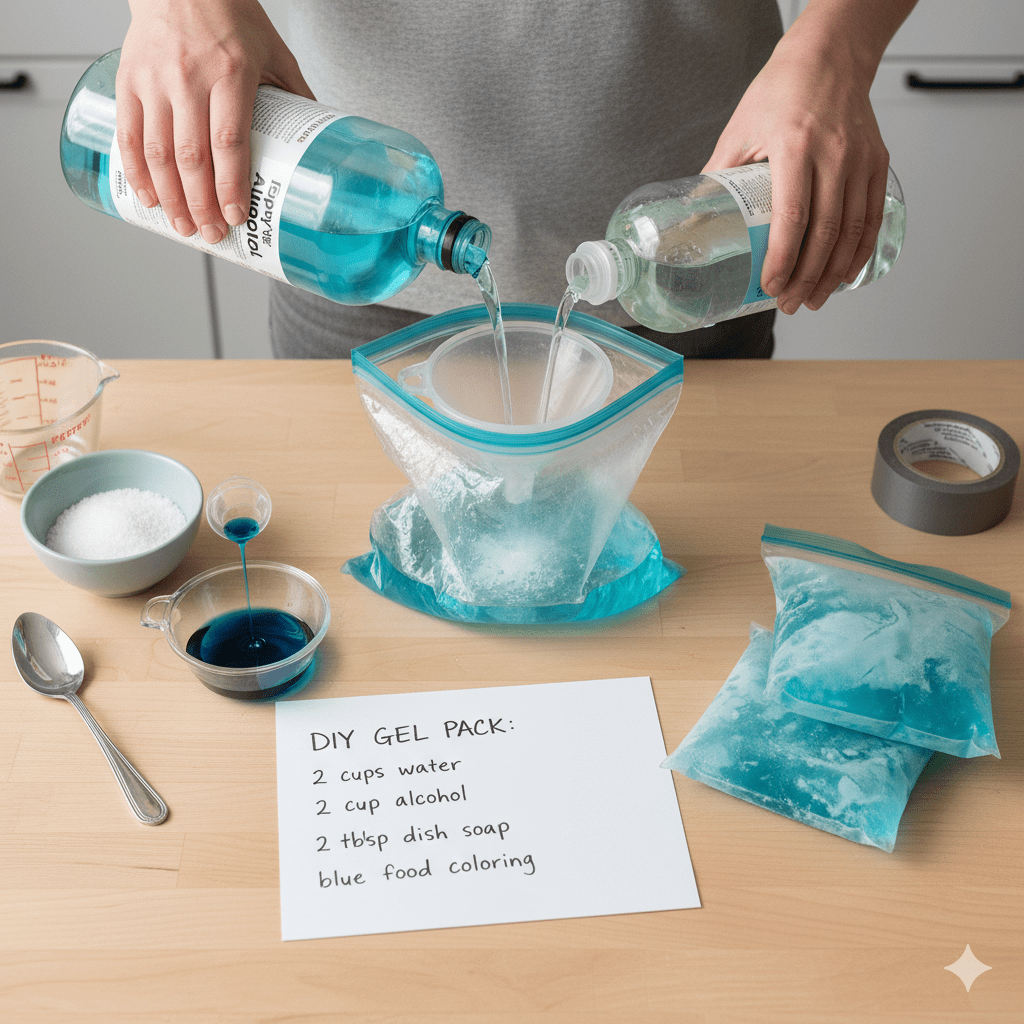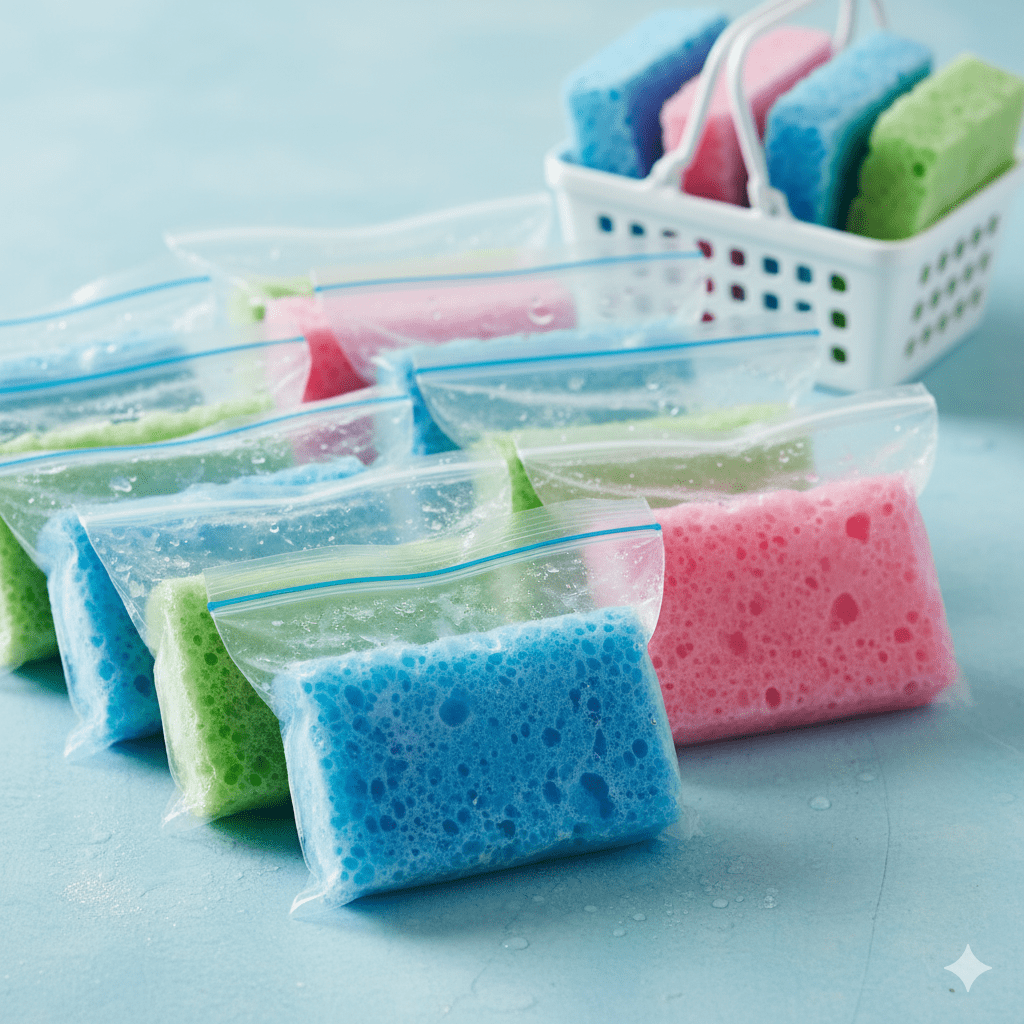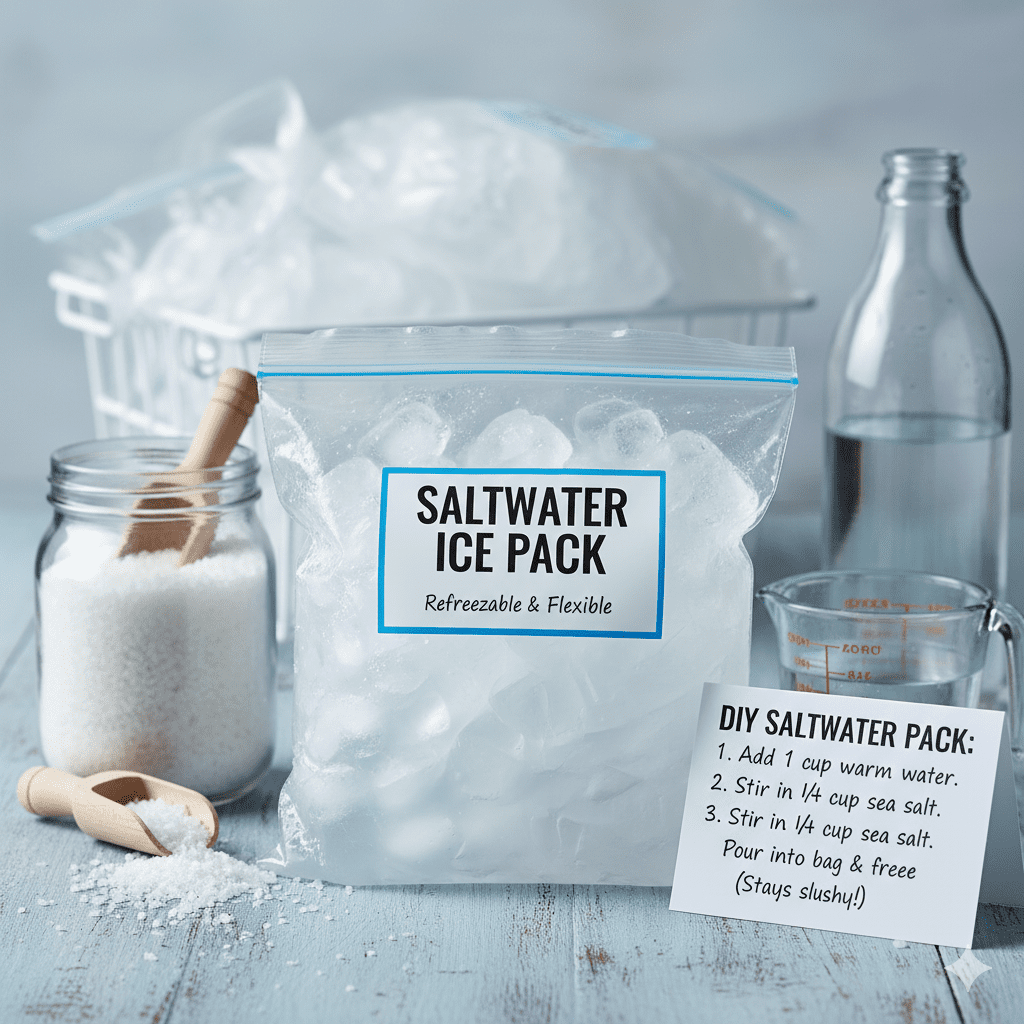Blue ice packs have become a staple in homes, hospitals, and food transport systems. These reusable cooling agents are found in lunch boxes, first-aid kits, and medical coolers, providing a reliable way to keep items cold without the mess of melting ice. But have you ever wondered what exactly is inside these blue ice packs that makes them so effective? In this comprehensive guide, we’ll explore the chemical composition, safety, environmental impact, and uses of blue ice packs.
What Are Blue Ice Packs?
Blue ice packs are gel-based cooling products designed to stay cold longer than plain ice. They are typically sealed in durable plastic pouches and filled with a gel or liquid that freezes at a lower temperature than water. Once frozen, the pack can maintain sub-zero temperatures for several hours, providing consistent cooling without leakage or sogginess.
The blue tint often seen in these packs isn’t just for aesthetics; it helps users distinguish them from regular water ice packs and sometimes indicates the inclusion of certain chemicals or dyes
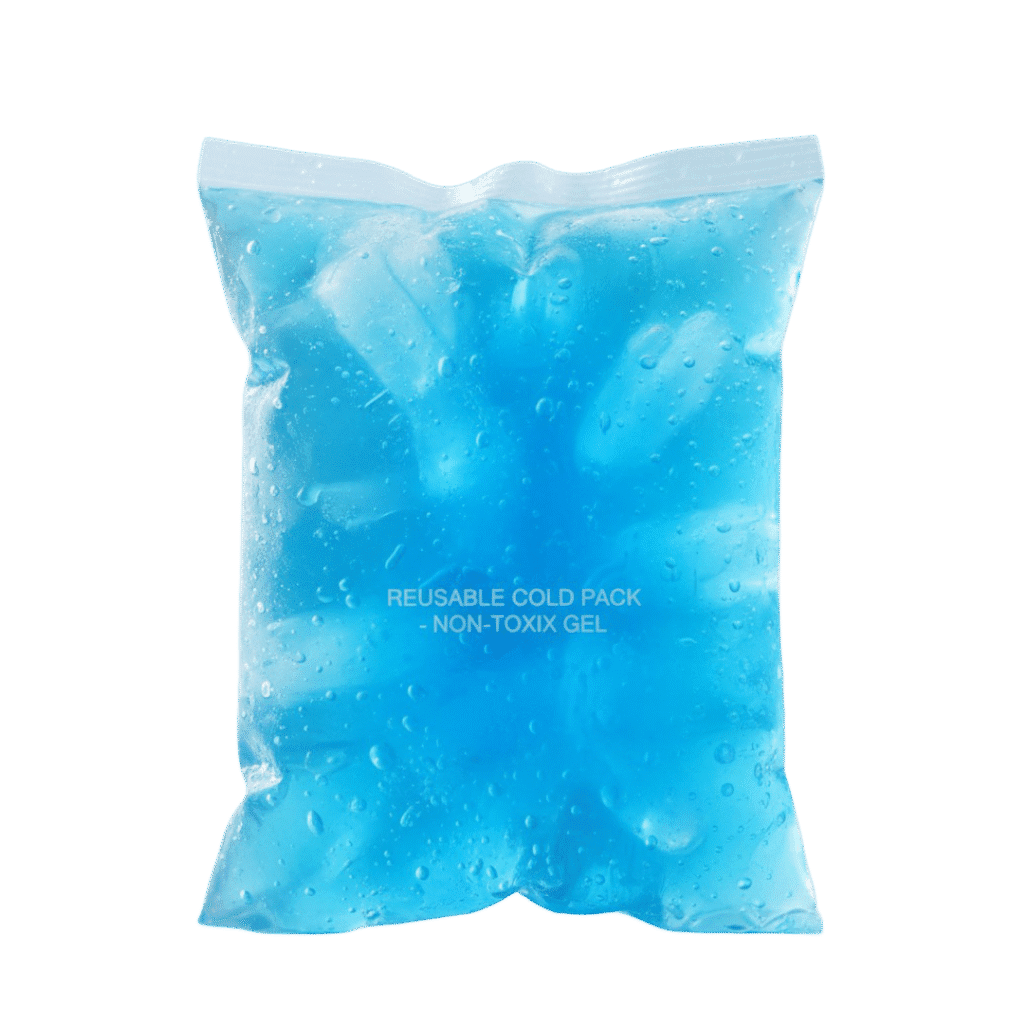
Main Ingredients in Blue Ice Packs
The composition of blue ice packs can vary depending on the manufacturer, but most share common chemical ingredients designed to balance freezing point depression, viscosity, and safety.
Water (H₂O)
Water is the primary component in nearly all ice packs. It serves as the base solvent and provides the freezing and cooling properties. However, plain water alone would freeze too solid and melt too quickly, so additional ingredients are added to modify its thermal behavior.
Propylene Glycol
One of the most common additives, propylene glycol, acts as a freezing point depressant. This means it lowers the temperature at which the liquid freezes, allowing the gel to remain flexible even when frozen. It’s a non-toxic and food-safe compound, often used in pharmaceuticals and food products.
Propylene glycol ensures that the ice pack doesn’t turn into a rock-hard block of ice and instead maintains a slushy texture that conforms to shapes — ideal for both cooling food and applying to injuries.
Sodium Polyacrylate or Hydroxyethyl Cellulose
To create the gel-like consistency, manufacturers often use thickening agents such as sodium polyacrylate or hydroxyethyl cellulose. These polymers absorb water and expand, transforming the liquid mixture into a semi-solid gel. This consistency keeps the cooling solution evenly distributed and prevents leaks in case of puncture.
Sodium polyacrylate is a superabsorbent polymer capable of holding up to 300 times its weight in water. It’s the same material used in diapers and instant snow products.
Silica Gel or Bentonite Clay (Optional Additives)
Some blue ice packs include silica gel or bentonite clay to enhance viscosity and cooling longevity. These materials help slow down the thawing process, ensuring the ice pack remains cold for extended periods.
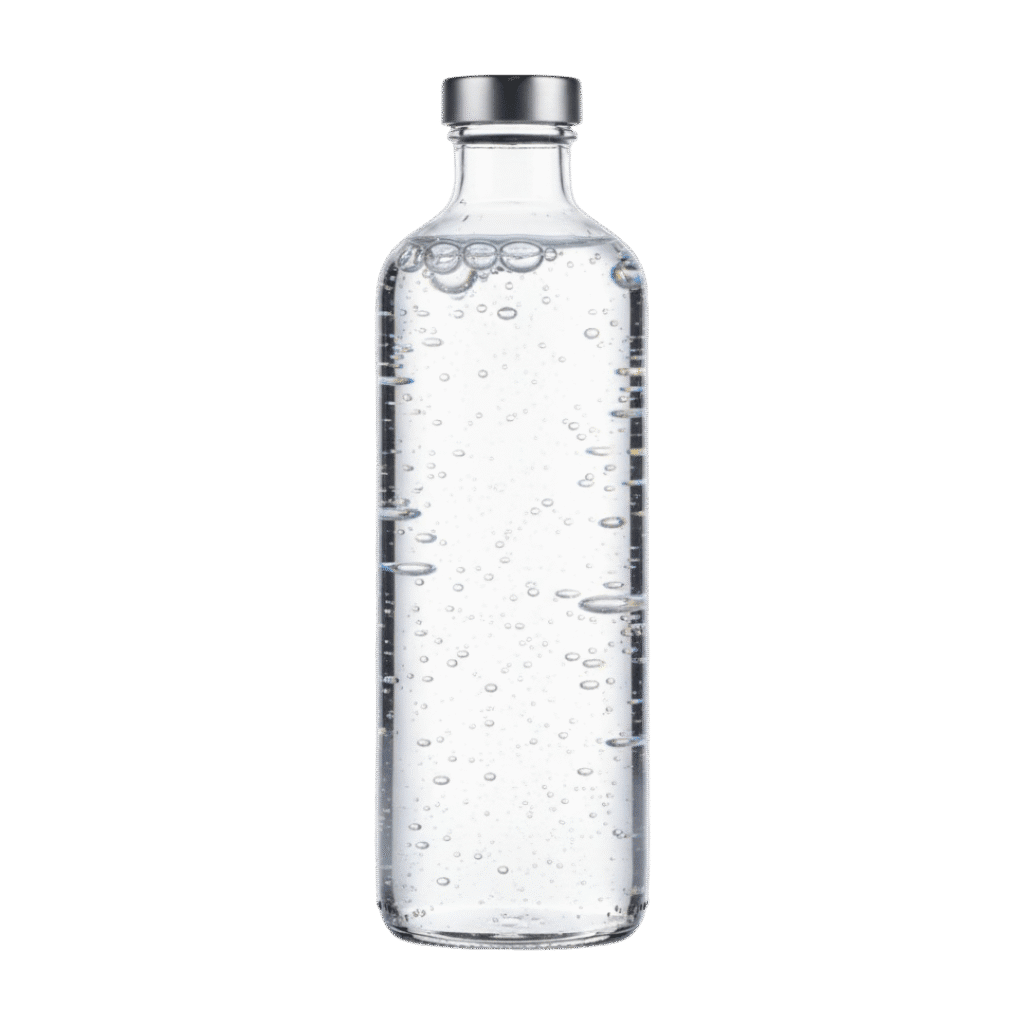
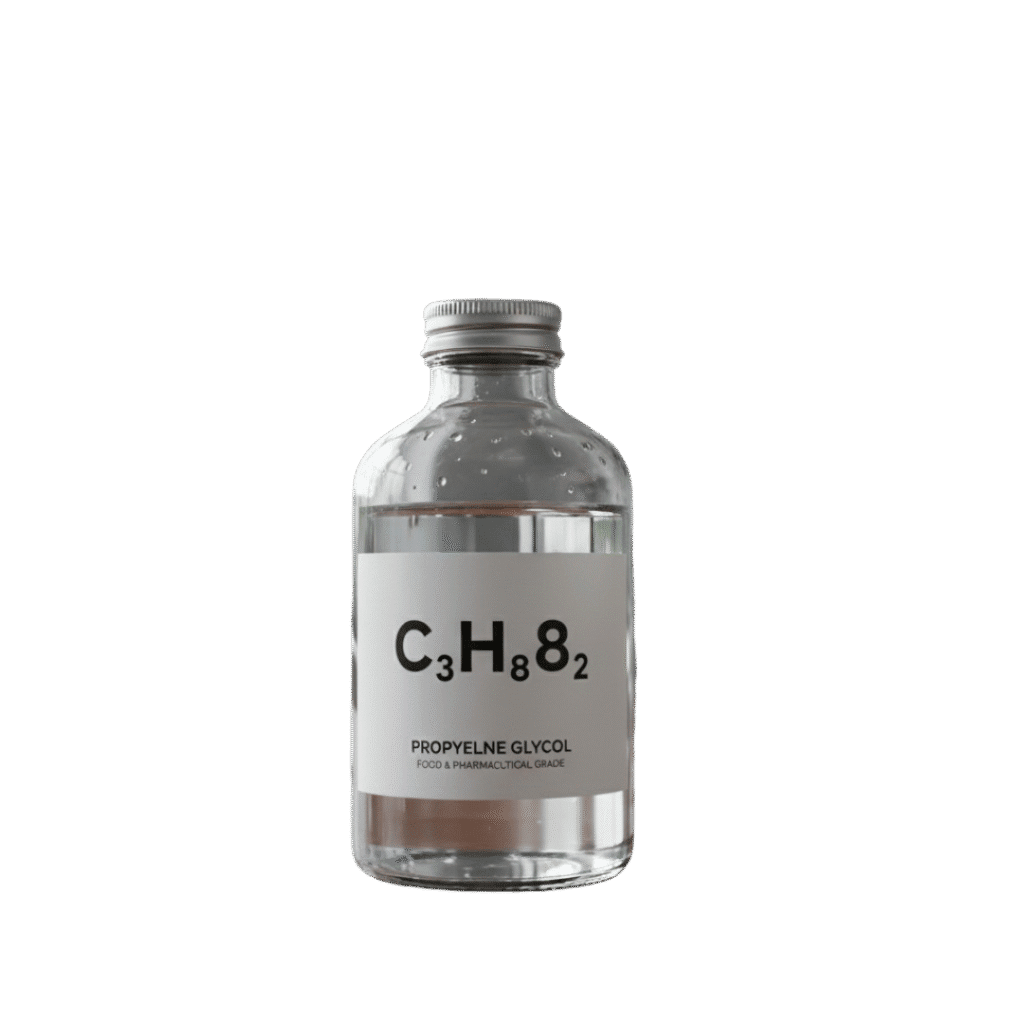
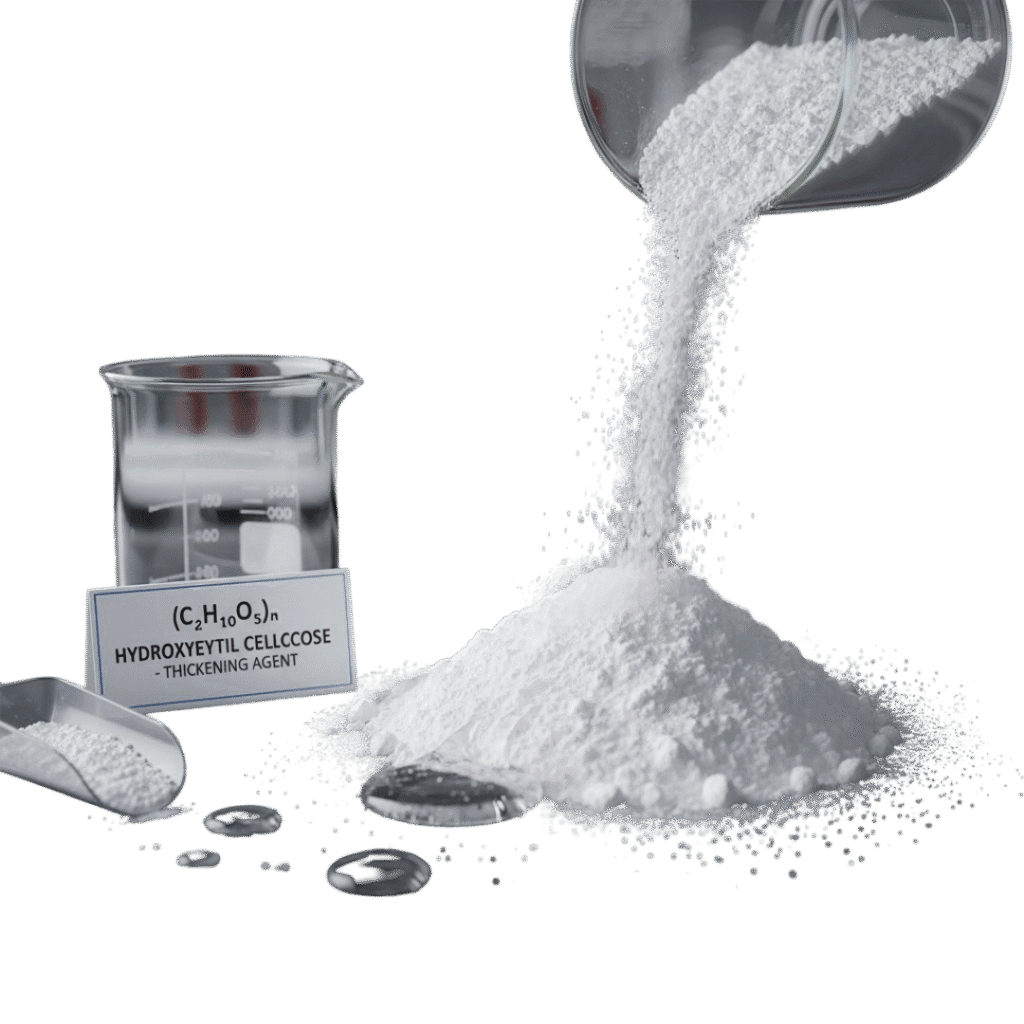
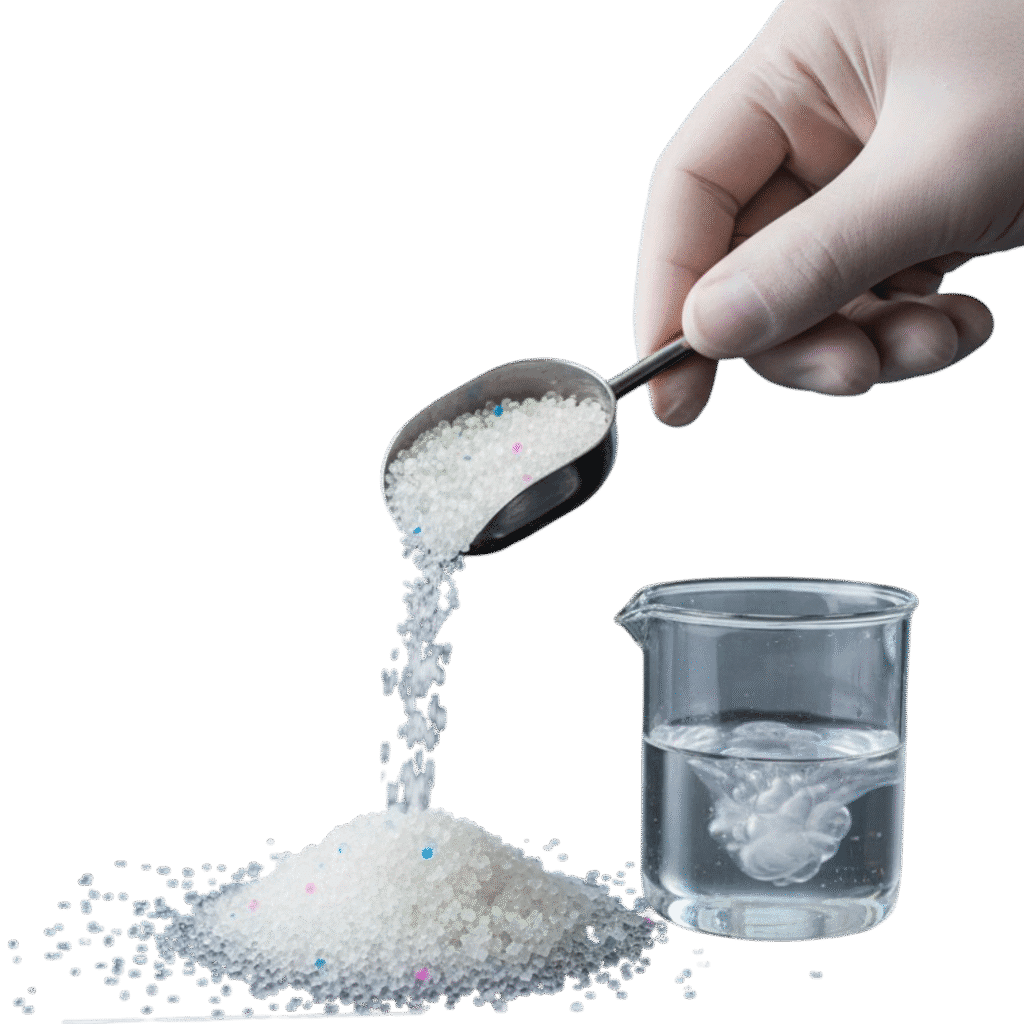
Why Are Ice Packs Blue?
The distinctive blue color of most reusable ice packs comes from non-toxic dyes. These dyes serve several purposes:
• Identification – The color easily distinguishes gel packs from consumable products.
• Branding – Companies often use blue as it’s associated with cold, freshness, and cleanliness.
• Leak detection – If the pack leaks, the blue color makes it easy to spot contamination or damage.
The dyes used are food-safe and water-soluble, posing no risk if a small amount were to leak.
Chemical Safety and Toxicity
A major concern for many consumers is whether the contents of blue ice packs are toxic or harmful. Fortunately, most modern ice packs use non-toxic formulations.
• Propylene glycol is considered safe and is used in cosmetics, food, and medicine.
• Sodium polyacrylate is not toxic but can cause mild irritation if it comes in contact with the eyes or skin.
• Older ice packs may contain diethylene glycol or ammonium nitrate, which are toxic and no longer recommended for consumer use.
Always check the label or manufacturer’s safety data sheet (SDS) to confirm whether your ice pack contains non-toxic components. If an ice pack leaks, it’s best to discard it safely and wash any surfaces it contacted.
How Blue Ice Packs Work
Blue ice packs operate on the principle of heat absorption. When frozen, the gel inside holds a significant amount of latent heat energy. As the pack warms up, it absorbs heat from surrounding objects, keeping them cool.
The specific heat capacity of propylene glycol-based gels is lower than that of water, but the phase change (solid to liquid) allows it to absorb large amounts of energy, maintaining coldness for extended periods. This makes blue ice packs more efficient than plain frozen water in sustaining a cold environment.
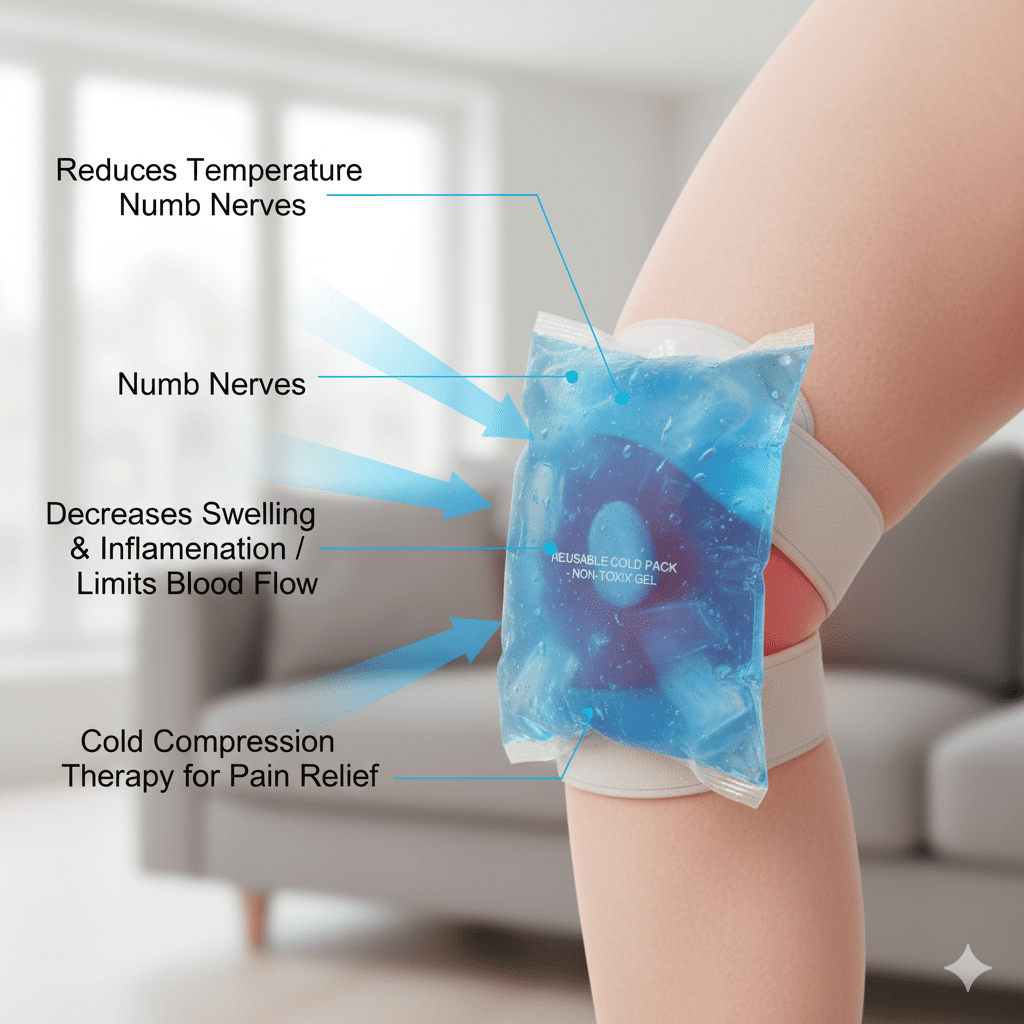
Common Uses of Blue Ice Packs
- Food and Beverage Cooling
Blue ice packs are widely used to keep lunches, picnic baskets, and cooler boxes chilled. Their leak-proof design and reusability make them perfect for camping, outdoor events, and food deliveries.
- Medical and First Aid Applications
In healthcare, these packs are used for cold compress therapy, reducing swelling, pain, and inflammation. Their gel flexibility allows them to contour to body parts for targeted relief.
- Pharmaceutical and Laboratory Use
Blue ice packs help maintain the required temperature for vaccines, samples, and medications during transport. Their predictable thermal performance makes them essential for cold chain logistics.
- Industrial and Shipping Uses
They are also employed in temperature-sensitive shipping, including seafood, dairy, and floral products. Unlike dry ice, blue ice packs do not release carbon dioxide, making them safer for enclosed spaces.
Environmental Impact and Disposal
Modern ice packs are designed with eco-friendly materials. However, improper disposal can still be an issue. Here’s how to handle them safely:
- Reuse whenever possible – Blue ice packs are made to last hundreds of freeze–thaw cycles.
- Do not pour contents down the drain – Even non-toxic gels can cause clogs or minor contamination.
- Dispose in household waste – If punctured, seal the gel in a plastic bag before disposal.
- Recyclable outer shell – Some brands use recyclable plastic casings marked with recycling codes.
If you’re environmentally conscious, look for brands labeled as biodegradable or plant-based gel packs, which reduce long-term waste.
Alternatives to Blue Ice Packs
For those seeking natural or homemade options, there are a few alternatives:
- DIY gel packs – Combine water, rubbing alcohol, and a small amount of cornstarch or dish soap in a zip bag.
- Frozen sponge packs – Soak a sponge, freeze it, and place it in a sealed bag.
- Saltwater packs – Salt lowers the freezing point, creating a slushy texture similar to commercial packs.
